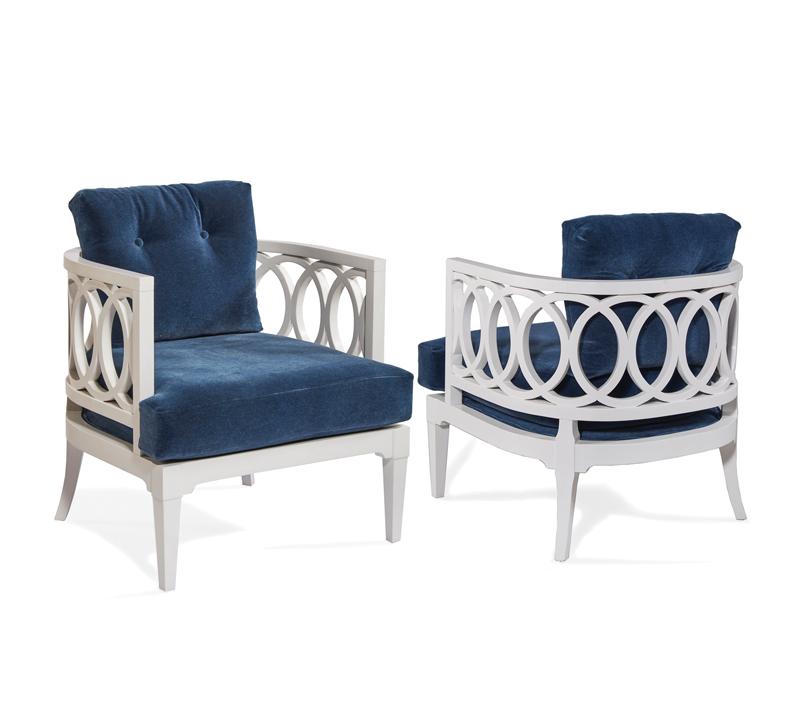Heard of Brendan Ravenhill? What about Rich Brilliant Willing? Or Tracy Glover Studio?
Besides the fact that they’re all talented designers with beautiful product, they also have another connection — they call the prestigious Rhode Island School of Design (RISD) their alma mater.
RISD is right in my backyard now, which is a happy coincidence since moving to Providence. It’s one of the top design schools in the country, with notable tracks for our industry like Furniture Design, Textiles and Interior Architecture.
On one of my running routes I get a peek into some of the studios, with machinery and materials stacked floor to ceiling. As we were preparing for, and entrenched in, the development of this issue, which highlights American-made product, getting a better glimpse into what RISD is and does seemed necessary for several reasons.
Back in February I had the pleasure of meeting with Danielle Mancuso, one of RISD’s Public Relations Specialists, who
gave me the rundown.
Based on a concern I’ve heard about the lack of qualified craftspeople to hire in our industry, one of the things I was curious about was interest in fine arts education. Has the number of students RISD admits grown over the years? Are people as attracted to pursuing careers in these fields today?
Mancuso said RISD purposefully caps its program at 2,500 total students — due to factors like limited studio space — but that interest in the program continues to grow, especially from international students. It’s a pricey education, though — the school’s estimate for the 2017-2018 school year is a whopping $67,720 for an undergrad student, including tuition, room and board, and books and supplies. High Point University falls not far behind at nearly $50,000 per school year for tuition and room and board, and Parsons is more expensive than both, clocking in at upwards of $40,000 in tuition alone per school year, not accounting for room and board or books and supplies.
Is this a barrier to welcoming more highly skilled folks into our industry? Maybe. But who’s to say you need a formal education to make it?
Regardless, I do think that schools like RISD, High Point University and Parsons do their part to help the “made in the USA” movement that we’re highlighting in this issue.
We kick things off with our Idea Board starting on page 22, featuring all American-made product, then deep dive into domestic casegoods and upholstery manufacturing respectively, with stories on page 56 and 60.
The major takeaway? Stateside manufacturing is strong, and getting stronger as we speak. The pendulum is swinging back toward wanting to know where and how products are made, even if they cost more. There’s a story there that people can get behind, and I hope we tell part of it in this issue. Enjoy.




